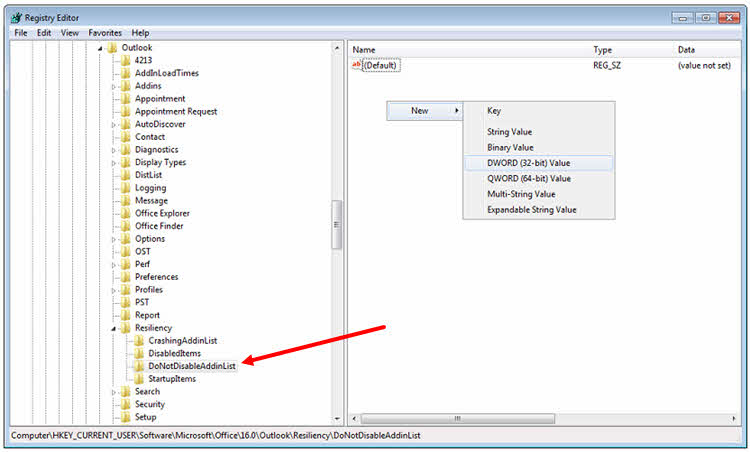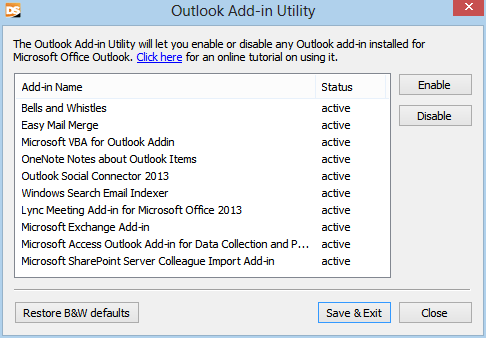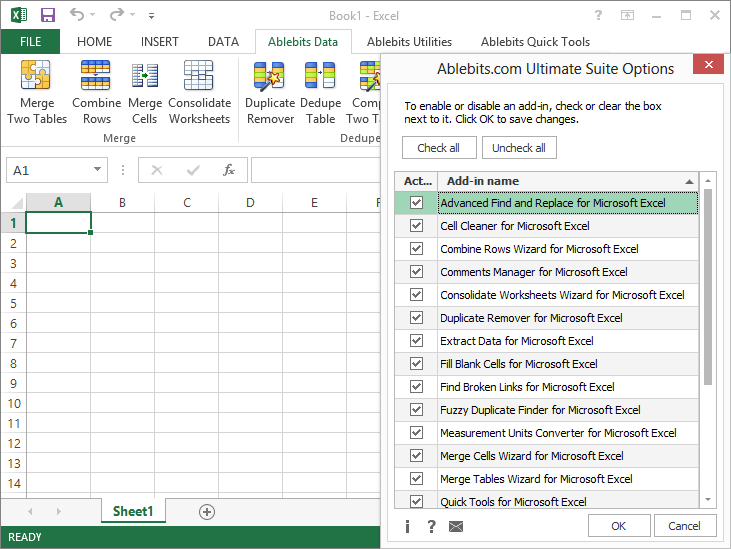
Select an add-in to see more information about it on the right side of the page. Turn on or turn off an add-in by checking or clearing its check box in the Turned on column. Use the options on the toolbar to add more add-ins, uninstall an add-in, or refresh the page to see a list of the latest add-ins. Select Find more add-ins for Outlook at the Office Store to go to the Office Store. On the Manage add-ins page, you can do the following: Go to File > Options > Add-ins Click on Go button at the bottom of the window, where it says to Manage Add-ins.
#Remove outlook plugins 2013 how to
How to uninstall and reinstall Outlook Add-ins. The only solutions to fix Microsoft Outlook detects problems in Add-ins is to uninstall or reinstall the Add-ons.
#Remove outlook plugins 2013 password
When you’re prompted to sign in, type the email address and password you use to sign in to Office programs. Solutions to Fix Outlook Detected an Add-in problem. In Outlook, go to File > Manage Add-ins or Manage Apps. Note: If the Reading Pane ( View > Reading Pane) is set to Off, all add-ins will appear disabled. Select COM Add-ins in the Manage drop-down at the bottom of the Options->Addins window and click Go.

Note: Exchange 2013 on-premise and non-Microsoft mail. To Disable Outlook 2016, 2013 and Outlook 2010 COM Add-ins. Sophos Outlook Add-in works for Office 365 Business subscription (Exchange online) mail accounts. When you're in the main Outlook window (without a new message open), you can access your installed add-ins from the ribbon. In Outlook 20 Add-ins are listed under File Tab->Options->Addins. When you're writing a new email message ( Home > New Email), you can access other installed add-ins from the Message ribbon. The steps to handle disabled or inactive add-ins are different. Another thing that is really frustrating (IMHO) is the new email alert system thats implemented in Outlook 2013.

Allow to see tasks already marked as completed or not. The add-ins that you have installed automatically appear in the gray add-in bar near the top of the message when there is data in the email that is related to the add-in.įor example, when you open an email message that has a street address, you'll see that the add-in's name, Bing Maps, is displayed in the add-in bar.Ĭhoose the add-in to access the data it offers. Show/hide an additional column with the week numbers. To get them, you’ll need Office 2013 or Office 2016 and Exchange 2013 or Exchange 2016, and your administrator needs to activate add-ins for Outlook. Select the Com Add-ins Check the Zoom Outlook plugin box.

Choose the Zoom Outlook plug-in Select Enable. Note: If you don’t see the Manage add-ins (or Manage Apps) button, you won’t be able to get add-ins for Outlook. If you do not see the Schedule a meeting icon in the menu ribbon, open your Outlook options.


 0 kommentar(er)
0 kommentar(er)
